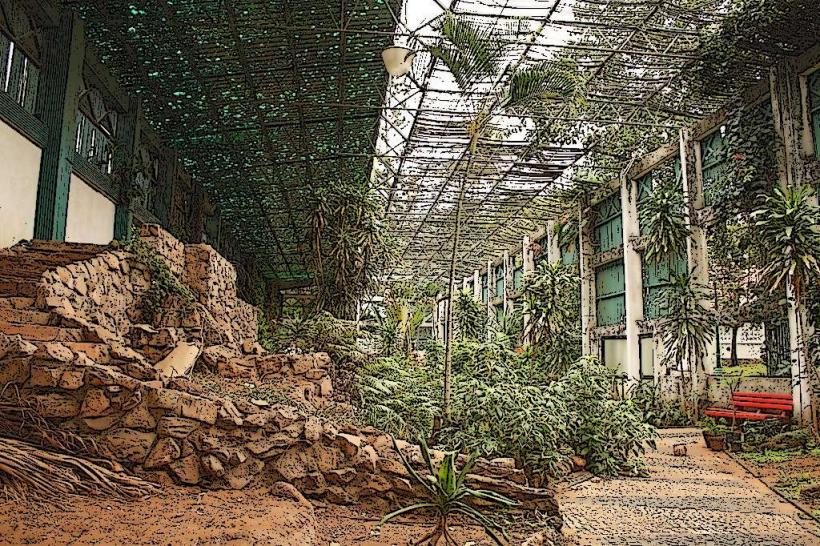Information
Landmark: Tunduru RiverCity: Tunduru
Country: Tanzania
Continent: Africa
The Tunduru River is a relatively small but important river located in the Ruvuma Region of southern Tanzania. It flows through the Tunduru District, contributing to the region’s water system and serving as a crucial water source for both the local population and wildlife.
Geographical Location
- The Tunduru River is situated in the southern part of Tanzania, near the border with Mozambique. It flows through a primarily rural and sparsely populated area.
- The river is a tributary of the Ruvuma River, one of the major rivers in the region that forms the natural border between Tanzania and Mozambique.
- The river's basin covers parts of the Ruvuma and Tunduru Districts, making it a significant local waterway.
Ecological and Environmental Importance
- The Tunduru River plays a vital role in the local ecosystem. It supports a range of plant and animal life, particularly in the riparian zones along its banks. These zones often provide habitat for a variety of wildlife, especially in terms of water access.
- The river feeds into the larger Ruvuma River, contributing to the hydrology of the Ruvuma River Basin, which is crucial for the agricultural and ecological health of the region.
- The Tunduru River also has some seasonal variability, with the flow being more abundant during the rainy season (typically from November to April) and lower in the dry season. This affects both human usage and wildlife access to water.
Agricultural Use
- The Tunduru River is important for irrigation in the surrounding agricultural communities. Farmers rely on its waters for crops such as cassava, maize, tobacco, and groundnuts.
- Water from the river supports livestock in the area, as well as irrigation for the diverse crops cultivated in the fertile land of the Tunduru District.
Wildlife and Conservation
- The river and its surrounding ecosystems are home to several species of wildlife. While the area is less famous for wildlife tourism compared to other parts of Tanzania, it still plays a role in supporting various animals, including hippopotamuses and crocodiles in the river, and a variety of birds and smaller mammals along its banks.
- The local biodiversity is influenced by the river's flow, which provides water, nutrients, and habitat for wildlife. The health of the river is therefore a key factor in maintaining local biodiversity.
Access and Transport
- The Tunduru River is not a major transportation route, but its proximity to Tunduru Town means it is accessible to local communities for agricultural and domestic use.
- The river is used by residents of Tunduru for various daily activities, including fetching water for drinking, washing, and irrigation.
Challenges
- Like many rivers in tropical regions, the Tunduru River faces threats from human activity, such as deforestation, land clearing, and the overuse of water for agriculture. These practices can impact water quality and the surrounding ecosystems.
- In recent years, there have been concerns about the sustainable management of local water resources, especially as the region experiences fluctuating rainfall patterns and increased agricultural pressure.
Conclusion
The Tunduru River is a critical water source for the Tunduru District, providing essential water for both the local population and wildlife. While not as widely known as some of Tanzania’s major rivers, it plays a significant role in supporting the agricultural economy and maintaining local ecosystems. Its importance to both human livelihoods and natural habitats makes it a key geographical feature of the Ruvuma Region.


